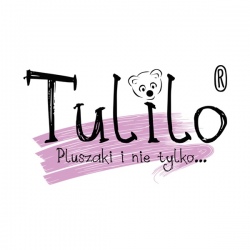Export of dried vegetables. Dried vegetables from Poland
The export of dried vegetables is one of the dynamically growing segments of the food market, which includes both traditional and innovative processing methods. Modern drying technologies, market diversification, and the growing demand for healthy, durable, and easy-to-store products have made dried vegetables highly popular worldwide. Poland, as one of the main producers and exporters of dried vegetables, holds an important position in this market, with its products reaching many countries, including the European Union, the United States, Russia, and the Asian market. This article will take a closer look at the production process of dried vegetables, their applications, export trends, and factors influencing the development of this sector.
The production process of dried vegetables begins with the selection of suitable raw materials. Depending on the type of vegetable, various drying methods are used, such as low-temperature drying, vacuum drying, or spray drying. Each of these methods has its advantages and disadvantages, but in general, the drying process involves removing water from vegetables in such a way as to preserve as much of their nutritional and flavor qualities as possible. Water is removed to minimize the risk of spoilage, thus enabling long-term storage and transportation. For vegetables such as tomatoes, peppers, onions, or carrots, drying may take place in mechanical dryers where temperature is controlled, and drying time is adjusted to the type of raw material.
The advantage of dried vegetables is their long shelf life, making them a popular product in foreign markets. Transporting fresh vegetables, especially over long distances, requires refrigeration, which increases transport costs. In contrast, dried vegetables weigh less, take up less space in transport, and do not require special storage conditions. Additionally, the drying process can preserve most of the vitamins and minerals present in the vegetables, although some nutrients, such as vitamin C, may degrade partially due to heat. Nevertheless, dried vegetables provide an excellent alternative to fresh ones, especially during the off-season, and are also a valuable ingredient in the food industry and gastronomy.
As for the applications of dried vegetables, they have a wide range of uses in various industrial sectors. Primarily, they are used in the production of ready-made meals, instant soups, sauces, seasonings, as well as in the food industry as an ingredient in vegetable blends, chips, bars, or vegetable drinks. Dried vegetables are also commonly used in Asian cuisines, where they are a key component in the preparation of dishes. In countries such as Japan, China, and Korea, dried vegetables are popular ingredients in dishes such as ramen, miso soup, or curry.
The export of dried vegetables plays a key role in the economy of many countries. Poland, as one of the leading producers, holds a significant share of the export market. According to data from the Ministry of Agriculture and Rural Development, in 2023, the value of Polish exports of dried vegetables reached approximately 320 million euros, with Germany, the Netherlands, the United Kingdom, and Italy being the main recipients. Poland is one of the leading producers of dried vegetables in Europe, especially in terms of dried onions, garlic, peppers, tomatoes, and root vegetables. The growth in the export of dried vegetables is the result of several factors, the most important of which are the growing demand for healthy food products, changes in consumers' lifestyles, and the increasing interest in organic products.
It is also worth noting that the export of dried vegetables is not limited to developed countries; more products are also reaching emerging markets, including countries in Asia, the Middle East, and Africa. Modern transport technologies and increased availability of dried vegetables on global markets contribute to their greater presence in the daily diets of consumers in various regions of the world.
Although the export market for dried vegetables has significant growth potential, there are also several challenges that could affect its development. These challenges include climate change, which could impact the availability of raw materials, and the growing competition in the international market. Moreover, in many export countries, there are stringent quality and sanitary regulations, which require producers of dried vegetables to adapt to the requirements of the target markets. Technological changes, such as the development of new drying methods, could, however, represent a significant opportunity for further development of the sector, especially in the context of the growing demand for healthy and organic food.
The export of dried vegetables is a rapidly growing segment of the food market, becoming an increasingly important element of international trade. Poland, as one of the leaders in this field, has great opportunities for further development, both in European markets and in Asian and African countries. A diverse product offering, technological innovations, and the increasing interest in healthy food all contribute to the bright future of the export of dried vegetables.
In 2023, Poland, as one of the main producers of dried vegetables in Europe, achieved a dried vegetable export value of around 320 million euros. The main markets for these products are the European Union countries, with Germany taking the leading position. The export values are distributed as follows:
- Germany – approximately 25% of the total value of Polish dried vegetable exports.
- Netherlands – approximately 15% of the export value.
- United Kingdom – approximately 10% of the export.
- Italy – approximately 8% of the export.
- Other EU countries – 30-35% of the export value.
- Russia – approximately 7% of the export.
- USA – 5-6% of the export value.
- Asian countries (e.g., China, Japan) – approximately 5% of the export value.
- Middle East and Africa – approximately 5% of the export.
It is worth noting that about 40-45% of Poland's dried vegetable exports consist of root vegetables (carrots, parsley, celery) and garlic and onions, which are particularly popular in European markets. The rest of the export includes dried peppers, tomatoes, beans, and other vegetables.
The export of Polish dried vegetables has grown by approximately 7-8% annually in recent years, which is a result of both the growing demand for healthy food and improving product quality and drying technologies.
Emerging markets, especially in Asia and Africa, are beginning to play an increasingly important role in international trade. For example, in 2023, the export value to Asian countries increased by 10-12% compared to the previous year. Meanwhile, on the American market, the export of Polish dried vegetables grew by 6-7%.
- Economy
- Export
- International cooperation
- Construction sector - Joinery, engineering and building architecture
- Agriculture, Food
- Regional development, investment in Poland
- What's worth knowing
Agriculture, Food
Export of dried vegetables. Dried vegetables from Poland

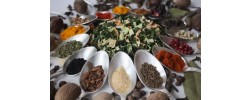
Source: https://www.poland-export.com/

See also:
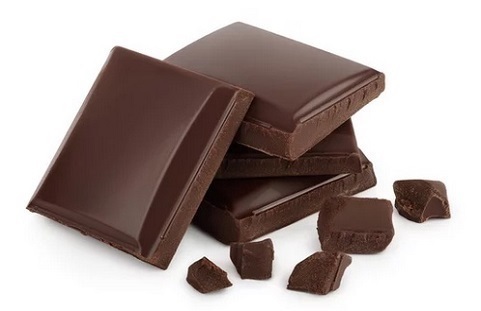
Chocolate and chocolate products from Poland
For years, Poland has been strengthening its position as one of the key exporters of chocolate products in Europe. Chocolate exports constitute an important segment of Polish foreign trade and cover a wide range of chocolate products
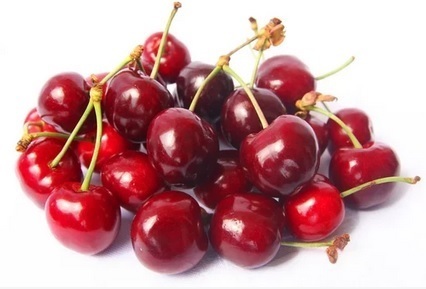
Cherry Export. Polish Cherries Around the World
The export of cherries from Poland is playing an increasingly important role in the international fruit market.

Cosmetics export. Cosmetics from Poland
The export of cosmetics and toiletries from Poland is developing at a dynamic pace, thanks to which Poland has gained the status of one of the leaders in the production and sale of these products in Central and Eastern Europe

Export of Windows: Window Joinery from Poland
Poland has been playing an important role on the international window market for many years, being one of the largest window exporters in the world.

FTA - Free Trade Agreements: Do They Exist and Can They Lower Tariffs?
Free Trade Agreements (FTAs) are key tools in international trade policy, aimed at reducing trade barriers...
Help needed ?
If you have not found the desired product, company, service or the searching results are not satisfactory for you, do not hesitate to contact us and tell what you are looking for or what you need. We will send your inquiry directly to the interested companies.
Write to us

 pl
pl  en
en  de
de  es
es  fr
fr  it
it  pt
pt  ru
ru  sv
sv 



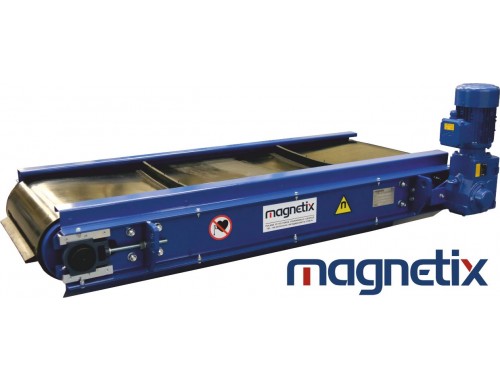
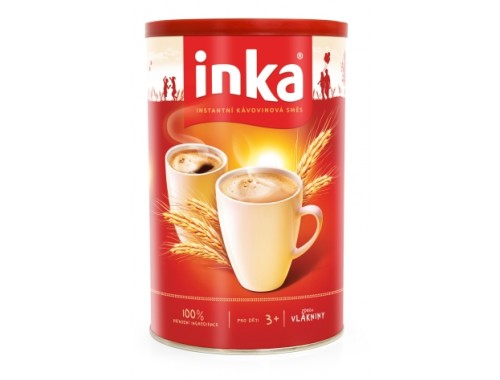









.jpg)

